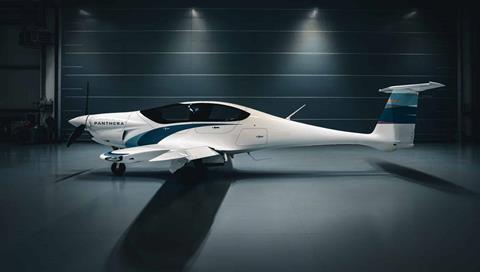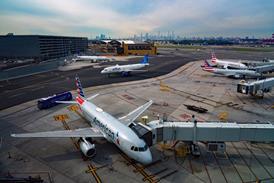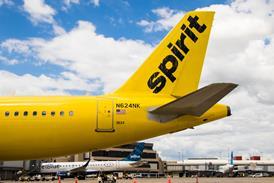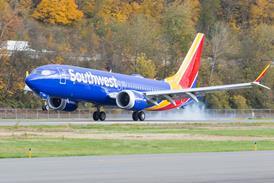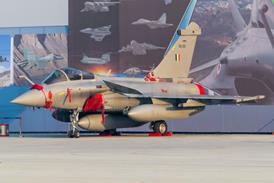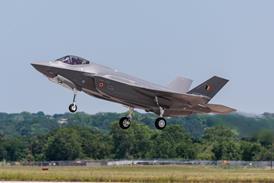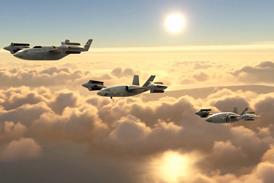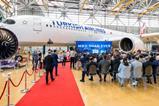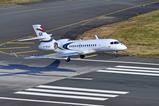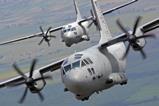With the year’s first milestone already completed, the maiden hover flight in late January of its Nuuva V300 cargo drone, Pipistrel Aircraft is gearing up for a busy 2025 as it progresses development activities across multiple programmes.
A part of Textron aAviation since April 2022, the Slovenian airframer, for years best known as manufacturer of gliders or light sport aircraft, has pivoted in recent times towards innovative electric or hybrid-powered designs.
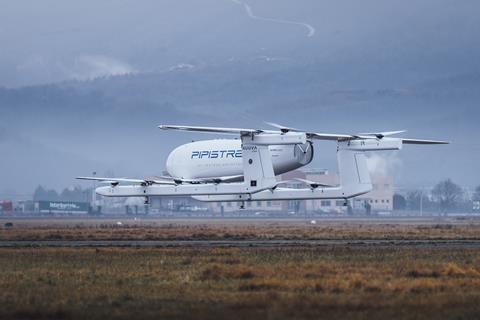
European Union Aviation Safety Agency (EASA) certification for the two-seat Velis Electro was obtained in 2020 – a global first – and since then Pipistrel has been working to expand the type’s reach and deliver upgrades for the platform.
Gabriel Massey, managing director of Pipistrel, says the Velis Electro is now operated in over 20 countries, including, crucially, the USA, where last year the Federal Aviation Administration granted an airworthiness exemption to class the type as a light sport aircraft, opening the door for flight-school use there.
“We have gained a couple of [US] schools that are now utilising the aircraft in a flight-school environment that could not previously,” he says.
Additionally, Pipistrel continues to “work with potential customers in schools”, providing “education” about the specific application, he says.
That work leverages “a lot of the proven results here in Europe”, where there are 30-plus Velis Electros in France alone, the majority in flight schools.
Meanwhile, the company continues to “bring incremental improvements” to the Velis Electro. Last year saw the release of a cold weather kit – a battery pre-heating system to speed up charging – installation of which will also permit operations in temperatures down to -15°C (5°F).
Flight tests have been taking place in Switzerland with the support of the European regulator, he says: “The team has proved with EASA on board that -15 degrees operational outside air temperature is very feasible.”
Massey sees no impediment to the EASA approval, allowing its roll-out in “the next few months”.
Pipistrel, which manufactures its own battery packs and power electronics, has already implemented a second generation of batteries on the Velis Electro since its service entry but there are further improvements to come.
“There is a continued strategy to bring new cells to the Electro,” says Massey. These will be retrofitted to the in-service fleet as part of scheduled overhaul work, delivering “more range and endurance”.
Although reluctant to cite specific figures, he says the battery enhancements will bring the aircraft closer to achieving “an hour of practical flight time” in a flight-school environment. With the current cells, maximum flight time is around 45min, he says.
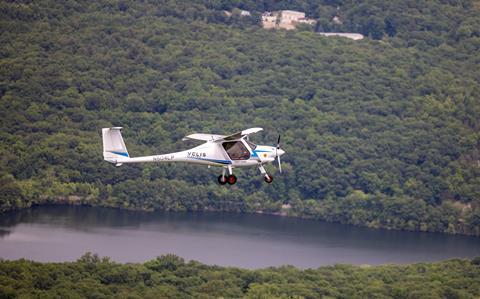
Despite the increasing focus on alternative power sources, Pipistrel is not neglecting the market for conventionally fuelled aircraft and development activities continue on its Lycoming IO-540V piston-engined Panthera four-seater.
Structural testing of the design was carried out over the last 12 months and “we are going into full-scale structural testing this year”, Massey says.
Although a production-representative aircraft has yet to join the test fleet, the current prototypes are nonetheless performing for-credit flights with EASA.
Massey will not be drawn on the certification timeline, with the Panthera already slipping beyond a previous 2024 target.
“The team is aiming towards type certification as early as we can. It’s always your goal, but these are big projects and a significant amount of work,” he says.
While the initial version will be powered by a conventional engine, a hybrid version is “still part of the long-term plan”.
Elsewhere, the company will this year continue flight testing the Nuuva V300, a hybrid-electric uncrewed cargo aircraft capable of vertical take-offs and landings.
While its maiden sortie was a modest one – rising to around 10m (32ft) above the ground for over 30s – the envelope and flight duration will be expanded progressively over the coming months from the company’s facility in Gorizia – a town in northeast Italy straddling the Slovenian border.
A second prototype will also join the fleet later this year. That aircraft will be the first to test the critical transition from hover flight, using its eight Pipistrel electric motors, to wing-borne cruise powered by an internal combustion engine.
Pipistrel’s development of the Nuuva’s has been helped by its place in the wider Textron group, with unmanned systems specialist Textron Systems having supplied the ground-control station.
“Their history with uncrewed airplanes was a really nice plug-in to help our team and bring knowledge and expertise to us,” Massey adds.
